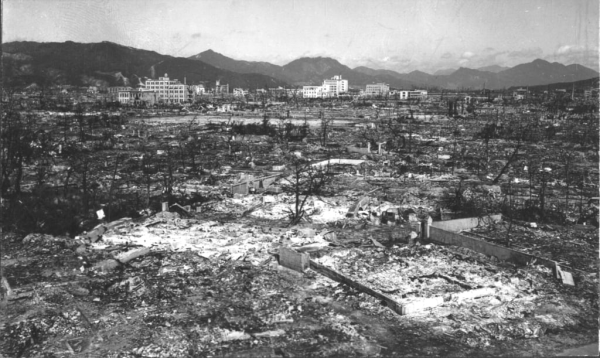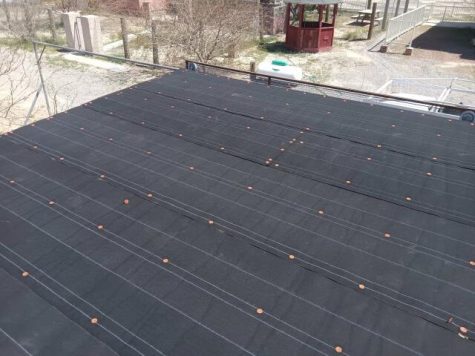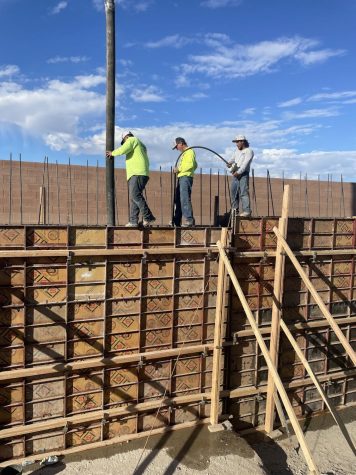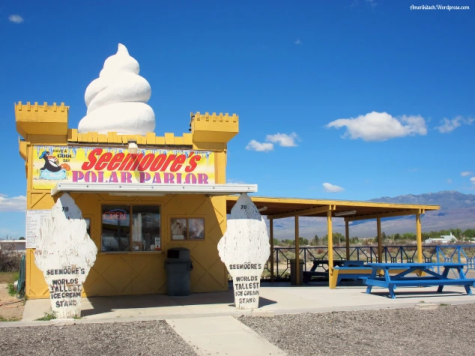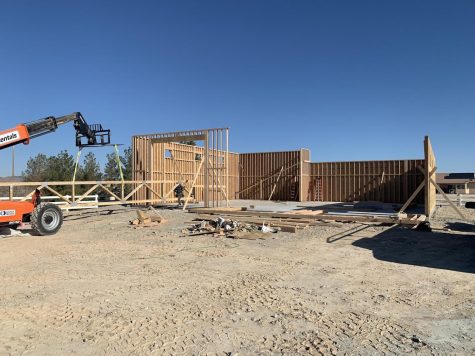Looking Down Upon
Sometimes you have to go up really high to understand how small you really are – Felix Baumgartner (an Austrian skydiver, daredevil, and BASE jumper. He is best known for jumping to Earth from a helium balloon in the stratosphere on 14 October 2012).
September 6, 2018
The National Aeronautics and Space Administration (more popularly known as NASA) is responsible for space exploration. They are well-known for the moon landing in 1969 with Neil Armstrong; however, NASA no longer sends people to space, but they do still conduct missions with rovers.
Rovers are machines that go places that humans can’t reach. They typically take pictures that examine the surface of other planets, and then it sends the information back to NASA.
NASA plans on sending a craft to the outer layer of Earth’s atmosphere, including a laser that monitors changes in Earth’s ice sheets.
The craft CESat-2 will be able to measure the changes in thickness of the ice from season to season, registering increases and decreases as small as a fifth of an inch. The reasons for the experiment is because the massive amount of global warming that is arising causing ice to melt, or even break off like the Larsen C ice shelf in Antarctica that has only 3 miles connected to it.
This laser named CESat-2 is expected to cost a little over $1 billion which is about an average of 20 cars being made.
The mission is optimized for studying ice but its data should also help scientists that study forests. The reason for these measurements is that the ice sheets are shrinking and growing in two dimensions when the seasons change and when the planet warms.
According to NASA schedule, this laser is to take off from Vandenberg Air Force Base in California on September 15, 2018. This mission is to last for about 3 years; however, there is enough fuel inside to last 10 years.
In 2003, the original spacecraft ICESat, began 7 years of laser-aided measurements of ice height; however, NASA wasn’t ready to launch at the time, so the mission ended.
Since the early 2000s, ice has decreased Extent( x10^6 Km^2) about 3 since the 1980’s. This shows how much of a human impact that we have on this Earth with pollution, oil spills, cutting trees down, animal extinction and so much more that harms the planet.
Hopefully we can change the ways that humans behave and what they do like recycling, walking rather than driving, and turning off all the electricity we aren’t using, not just to save our lives, but the only place that we call home.



